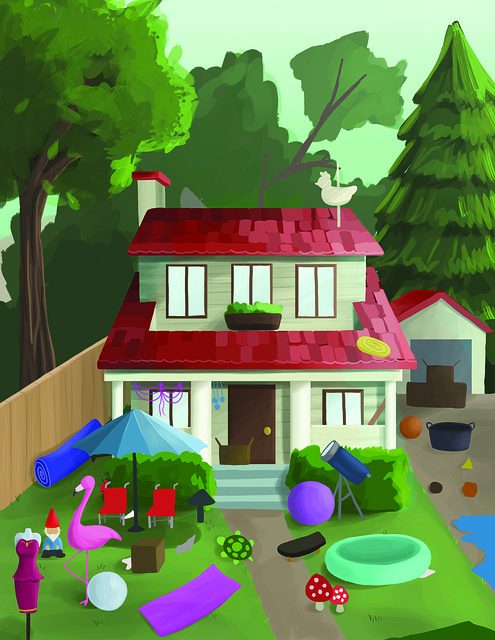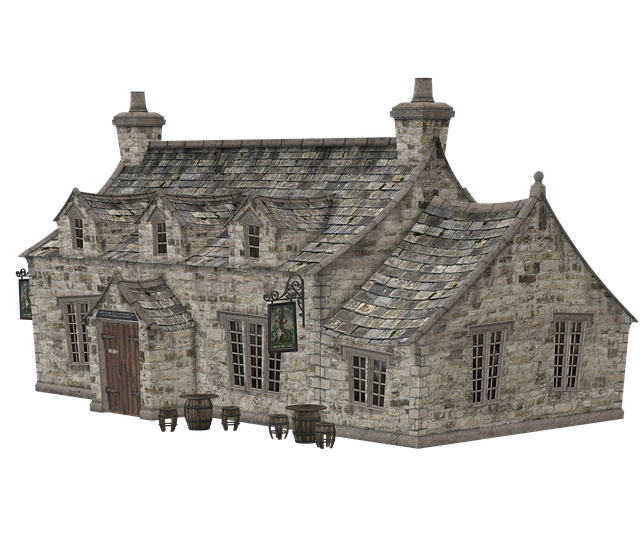Before taking on house sitting, understand personal needs, prioritize security with advanced locking systems and lighting, communicate clearly, create tailored schedules, ensure access to supplies, and leverage technology for real-time updates to execute house-sitting plans flawlessly, catering to both homeowners' peace of mind and successful pet and property care. (Keywords: House Sitting)
Customized house sitting plans are essential for ensuring your home remains secure and maintained while you’re away. This comprehensive guide delves into understanding your unique house sitting needs, tailoring effective strategies for maximum protection, and implementing monitoring techniques. Learn how to create a personalized plan that covers security, maintenance, and peace of mind, making your absence a worry-free experience. Discover the steps to become a responsible and efficient house sitter.
- Understanding Your House Sitting Needs
- Tailoring a Plan for Maximum Protection
- Implementing and Monitoring the Customized Plan
Understanding Your House Sitting Needs

When considering house sitting, it’s crucial to first understand your unique needs and preferences. Different situations call for various approaches – be it a short-term absence for vacation or a longer period while you’re between homes. Knowing the specifics of your arrangement helps in tailoring a plan that suits both you and the property owners perfectly. For instance, frequent travels might require more regular check-ins and a robust communication system in place, whereas occasional absences may only necessitate basic guidelines and access to emergency contacts.
House sitting is not one-size-fits-all, and recognizing these individual needs is key. You’ll want to consider factors like security measures, pet care (if applicable), gardening or maintenance tasks, and even the level of interaction expected with the property and surrounding neighborhood. By clearly defining these aspects, you can ensure a smooth and stress-free experience for everyone involved.
Tailoring a Plan for Maximum Protection

When designing customized house sitting plans, prioritizing maximum protection is paramount. Each home and homeowner has unique needs, requiring a tailored approach to security. A comprehensive plan should account for potential vulnerabilities, integrating advanced locking systems, motion sensors, and secure lighting arrangements. By addressing these aspects, house sitters can significantly reduce the risk of theft or unauthorized access.
Moreover, effective communication and monitoring are essential components. Establishing regular check-ins with homeowners and utilizing remote surveillance systems enable real-time responses to any suspicious activities. This proactive approach ensures peace of mind for owners and provides a robust safety net during their absence, ultimately enhancing the overall house sitting experience.
Implementing and Monitoring the Customized Plan

Implementing a customized house-sitting plan requires clear communication and meticulous monitoring. Once the unique needs of your clients’ homes are assessed, create a detailed schedule outlining tasks like feeding pets, watering plants, and collecting mail. Ensure the sitter understands each responsibility and has access to necessary supplies. Regular check-ins or automated alerts can help monitor the sitter’s progress and provide peace of mind for homeowners. By maintaining open lines of communication and using technology to stay informed, you can ensure your house-sitting plans are executed flawlessly.
When it comes to house sitting, understanding your specific needs and tailoring a customized plan is key to ensuring maximum protection for your home. By following the steps outlined in this article—from evaluating your requirements to implementing and monitoring the plan—you can have peace of mind while you’re away. Remember, a well-designed house sitting strategy is an effective way to safeguard your property and create a sense of security, making it an invaluable resource for any homeowner considering house sitting arrangements.






